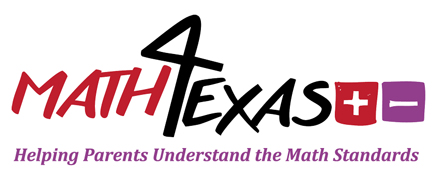In Second Grade
-
Second grade students calculated how money saved can accumulate into a larger amount over time, explained that saving is an alternative to spending, determined the differences between a deposit and a withdrawal, identified examples of responsible and irresponsible borrowing, understood lending and the benefits and costs of borrowing money to someone, differentiated between producers and consumers, and calculated the cost to produce a single item.
In Third Grade
-
Third grade students determine the value of a collection of coins and bills, explain the connection between human capital/labor and income, describe availability and scarcity and the impact on cost, explain credit, responsible borrowing, and reasons to save.
In Fourth Grade
-
In fourth grade, students distinguish between fixed and variable expenses, calculate profit, describe the purposes of financial institutions, compare various savings options, and how to allocate weekly allowance.







